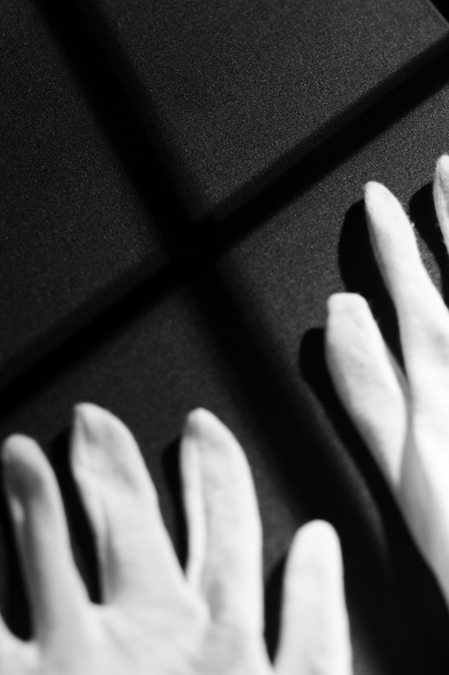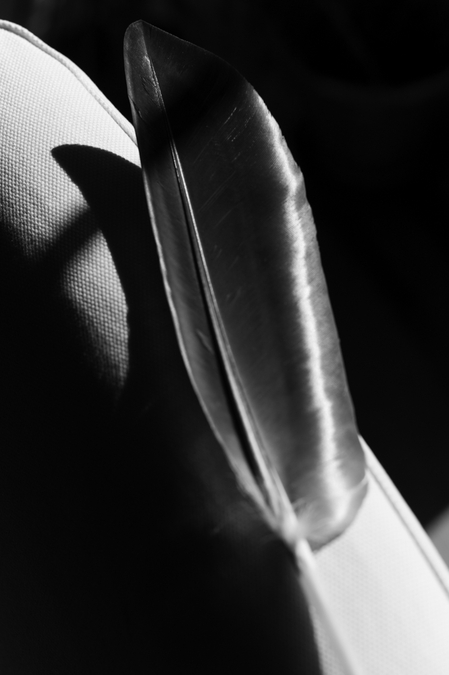MikeWebb
Established
I'm glad you asked Klaus as the reply was very informative! It's always good when someone shares their expertise.
Mike
Mike



I haven't used a digital camera w/o a monitor screen.
I use the histogram a lot to optimize the exposure with my MM. If you blow the highlights it's gone. But if you always underexpose and not max. out the exposure to the right just to the edge of getting in trouble, then you are not using the camera to it's fullest potential in terms of IQ (technical).
I don't see how you can potentially do that w/o the histogram.
I use a light yellow filter to additionally protect the highlights and boost contrast a little. When shooting wide open with high shutter speed e.g. 1/ 4xfocal length at least, then the IQ is devine. Printed that is 20x30 inches, not pixel peeping on the monitor.😉
If your image is worth it to max every step along the way and not just a brick wall, then this will give you a print that seems alive, eerily so.
As regards this: the dial takes up space, and if moved to the right then the camera can become another 1,5-2mm thinner - which gives a thinner body, an even shorter finder lenght and probably wider image all in one. The latter thing would interest me.If they did introduce a new M-D, I wonder what would become of the ISO dial? Would it be M10-style or M-D style? I'd hope they'd keep the dial on the back -- it retains that 'classic' Leica M setup, plus it's super-convenient to use. Not sure how the M10 ISO dial is for those of you who own and use one.




As a result, I never had an issue with blown highlights or troubles with shadow detail (the 246 is more or less 'up the middle' in terms of exposure, though I normally have the exposure set to -0.3 of a stop).
This is one of the reasons I loved my OM-4 series bodies. I used to carry a gray card and do a highlight and shadow reading before starting shooting. As long as the light remained constant I was ok. Otherwise I would meter again. It worked for me even when I was working for a small weekly newspaper. 'Course later I changed to Nikon for autofocus and sold my OM-4's. I keep thinking I will buy another one but I have been shooting with mirrorless and don't know if I would like hearing the mirror slap again!I will read the light in say shadows and then read the light in direct sun, remember both setting and change the exposure depending or where I am.







